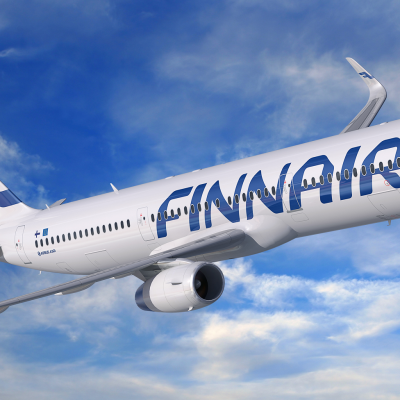The AGIFORS Crew Management Study Group conference is an annual event attended by airlines from all over the world, such as Air France/KLM, Emirates, and Hawaiian Air.
This year’s conference was held in Athens, Greece, and Type 2 Solutions’ contribution was a content paper dedicated to data migration and the complexity that characterizes them because of their ever-changing surroundings.
Migration plays a part in every implementation project. Some will say the most critical part, others will play it down as a mere mapping exercise. But if a migration is just a mapping exercise, how does one interpret the 80% failure rate that is commonly referred to in publications of all sorts?
Misconceptions
The presentation dealt with a number of misconceptions that might be at the origin of all the problems encountered by migration projects. For instance, that the vendor takes care of the migration, that migration is purely an I.T. project, that data quality is not that important, or that migration is a one-time deal and therefore does not require that much attention. Of course, reality is different.
The art of moving in a changing environment, as the paper was entitled, is mainly realizing that migrating is building a bridge from one moving place to another moving place. In a migration project, everything is in motion: the source system(s) keep developing both process- and content-wise; the target system keeps evolving through configuration changes and insights gained during the project itself. And finally, the environment in which all systems co-exist keeps shifting because, after all, business rarely stands still.
Don’t take any chances
When it comes to migration, don’t take any chances. Initiate the migration before the project starts, ask your vendor what his/her role is in terms of migration, put together a migration team and make the migration a serious part of your project plan, just like IT and project management.






 T2S sponsors the Benchmarking OR Congress
T2S sponsors the Benchmarking OR Congress  Careers at Type 2 Solutions
Careers at Type 2 Solutions